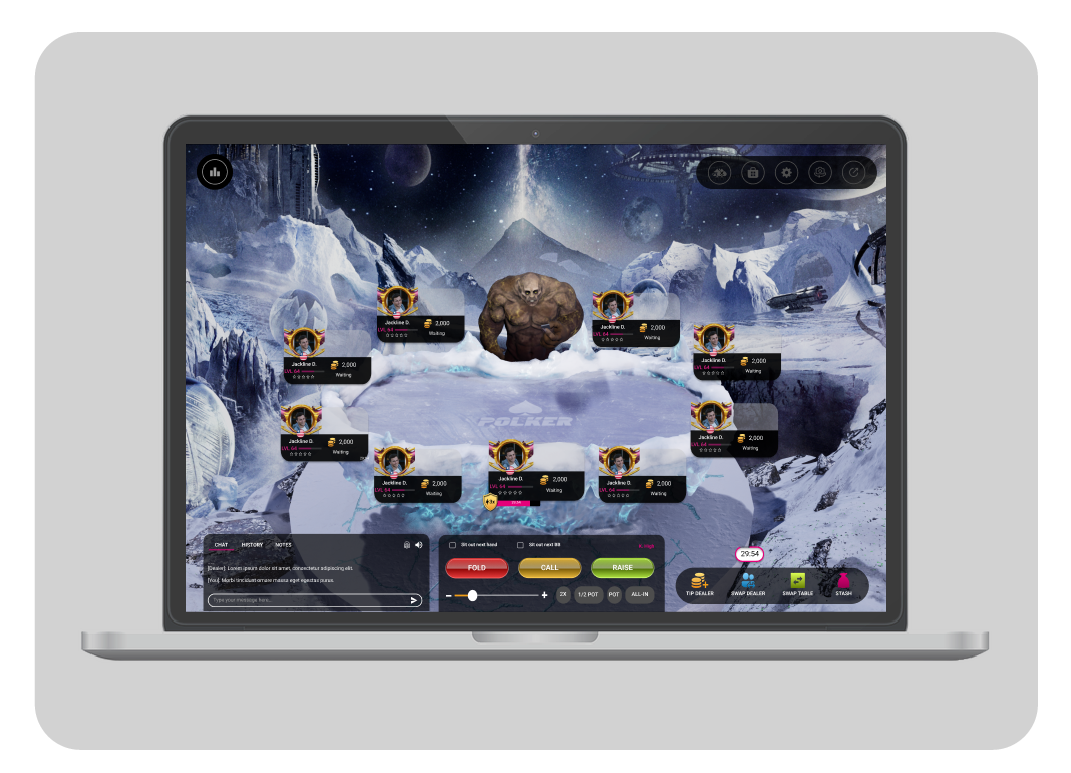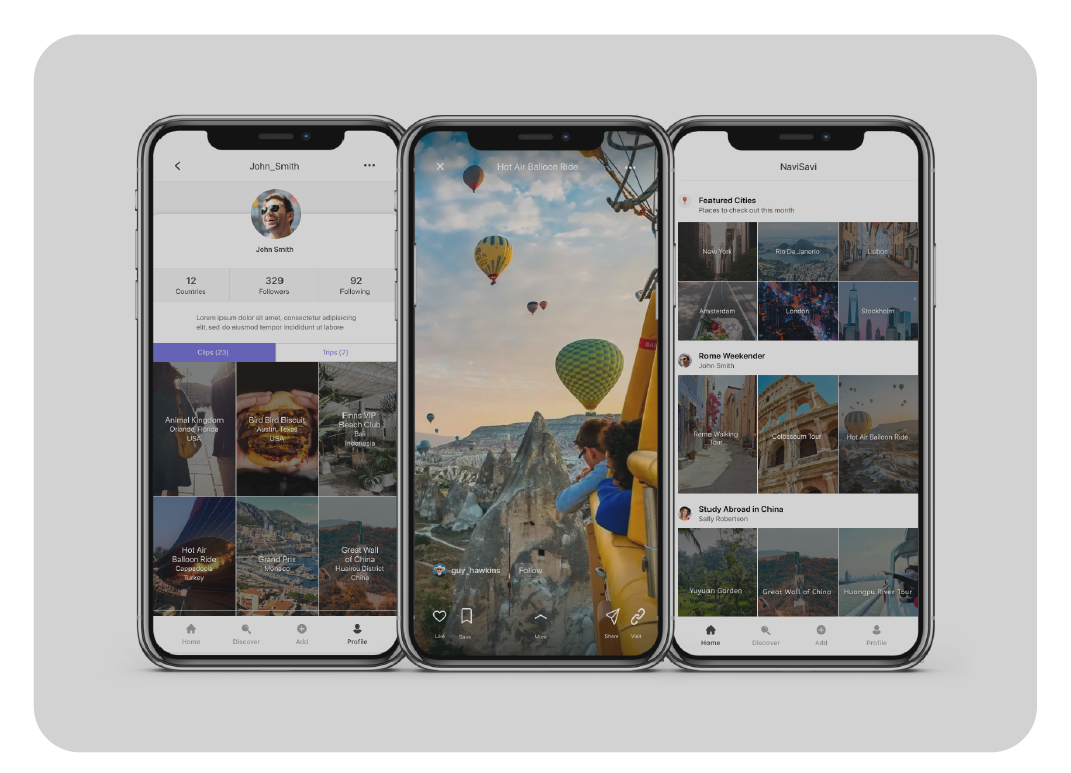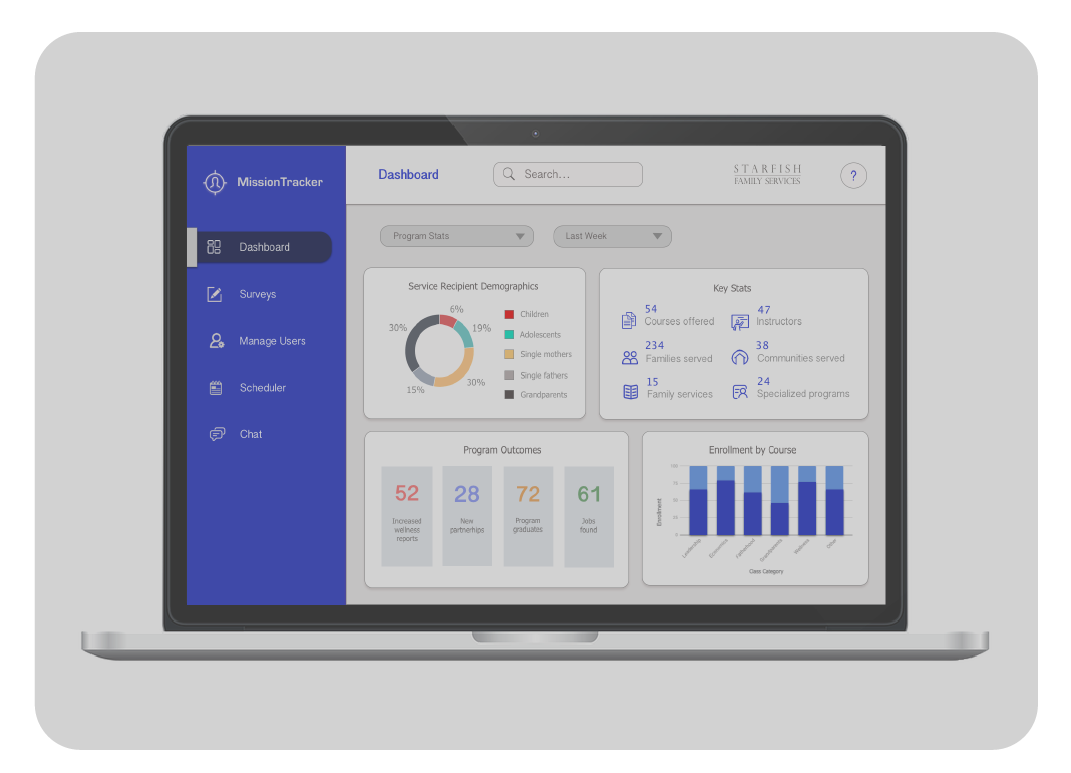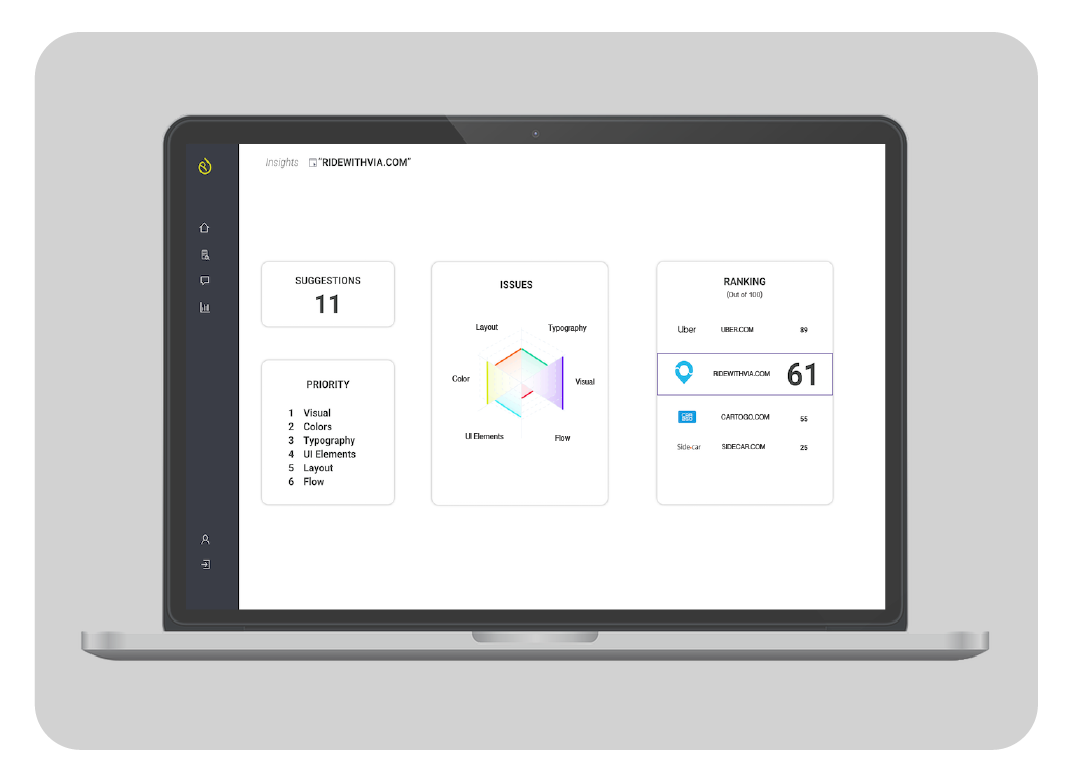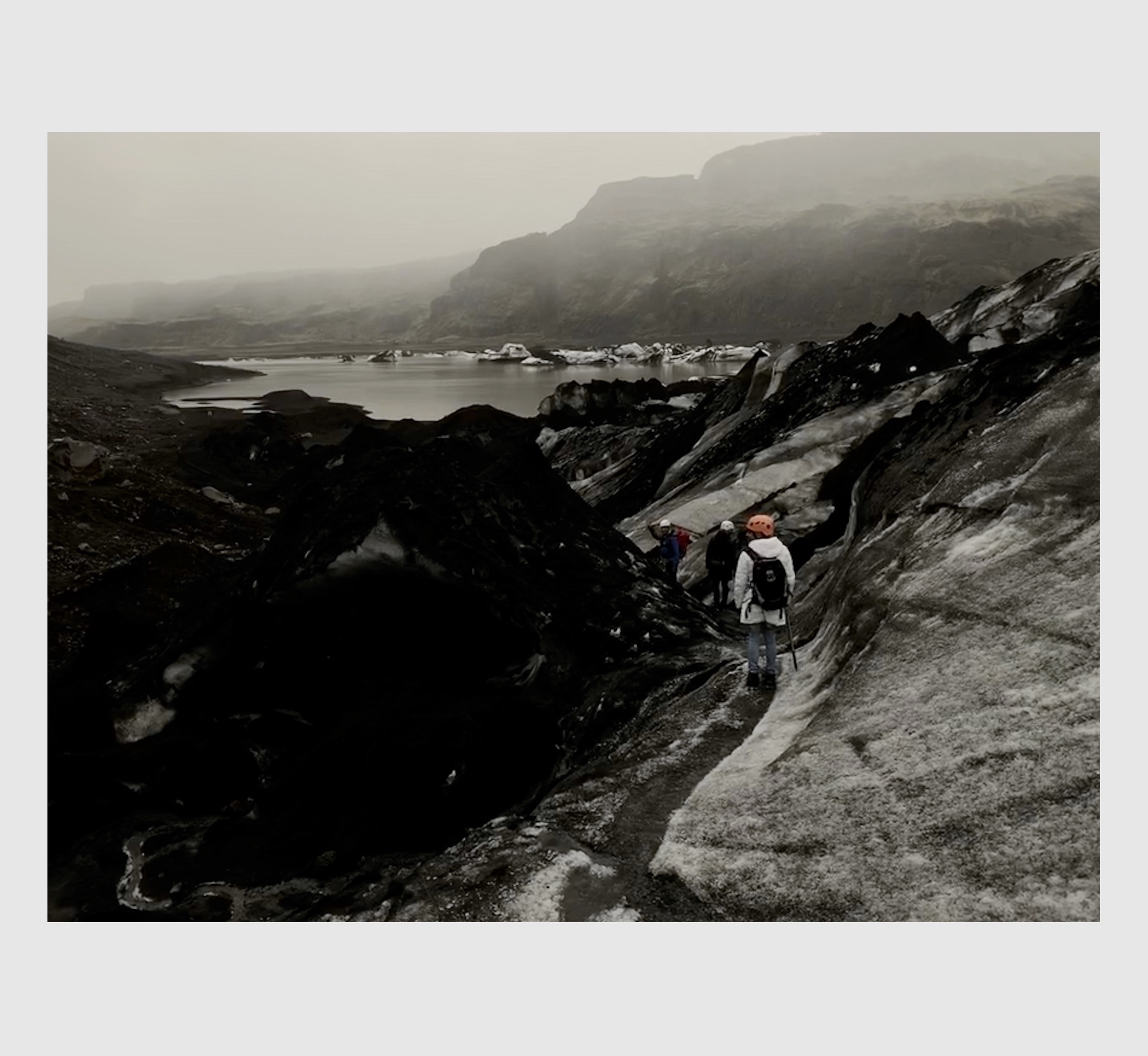My Design Journey
Welcome to my portfolio! Through my degree in Multidisciplinary Design from the University of Michigan, I have developed an interest in crafting product strategy that is informed and inspired by the lens of the user.
I designed and coded this website from scratch to build on my front-end skills while showcasing the research and design strategies that bring a product vision to life.

